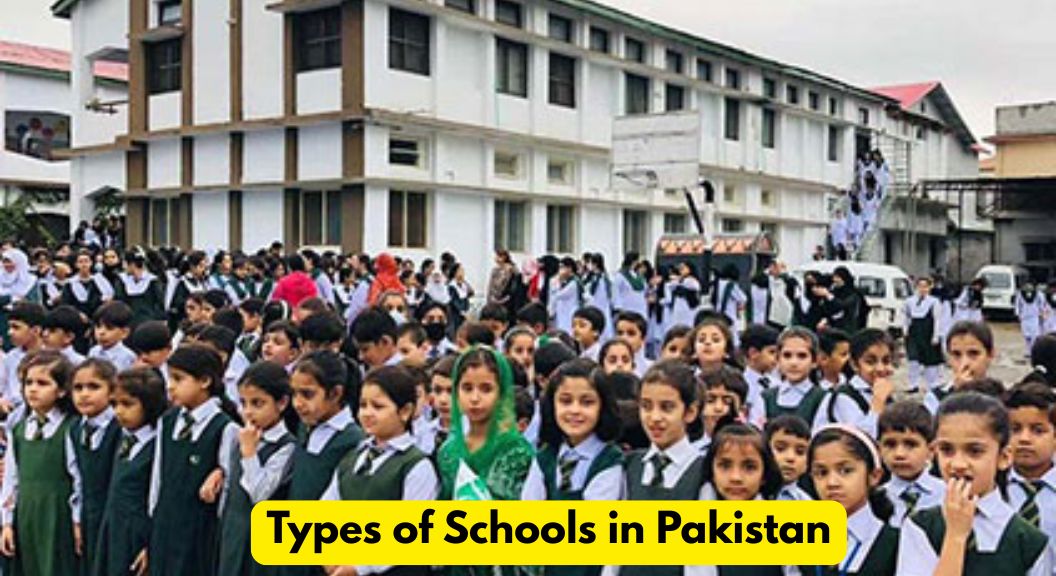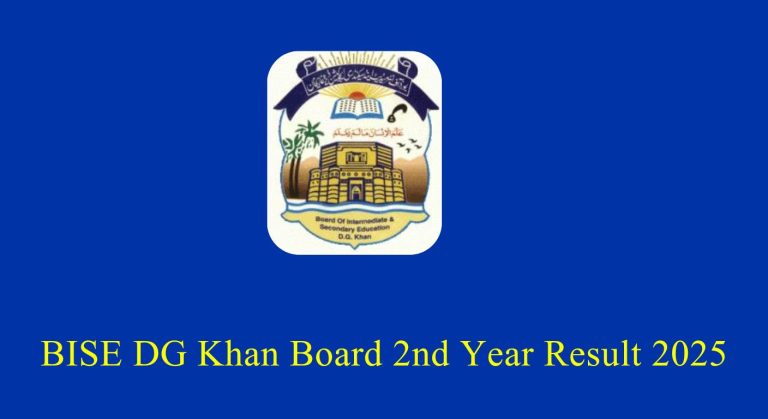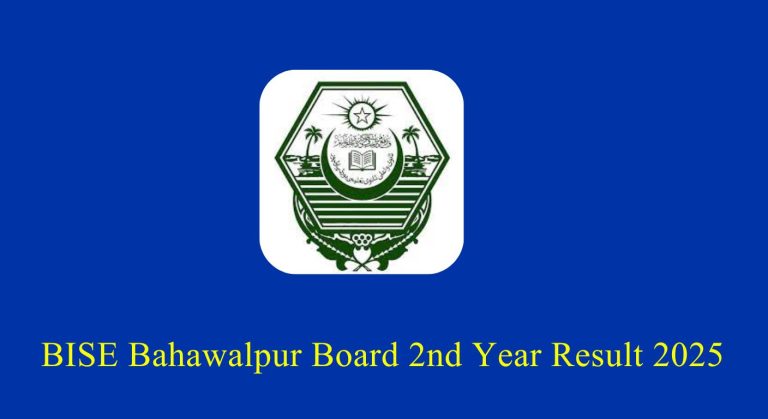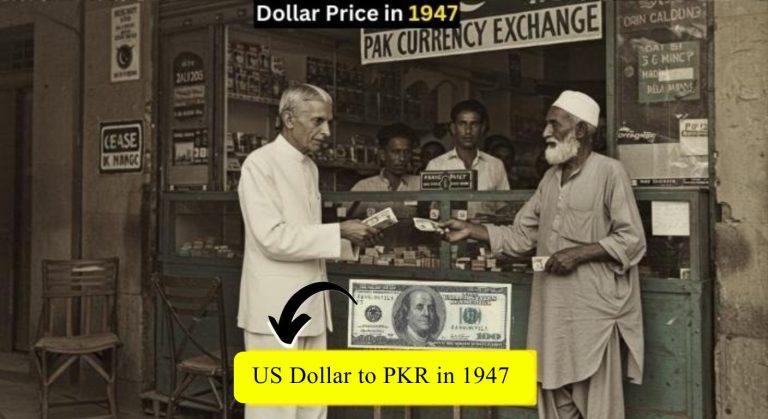From Public to International: Types of Schools in Pakistan Explained

Pakistan has a diverse education system with different types of schools catering to various communities, teaching styles, and curricula. From public schools run by the government to private and international institutions, students in Pakistan have multiple options to choose from. Each type of school has unique features, advantages, and goals. Understanding these school types helps parents, students, and educators make informed decisions about education.
1. Government/Public Schools
Government or public schools are run and funded by the Pakistani government. They are the most common type of school in Pakistan.
Features:
- Free or low-cost education
- Standardized national curriculum
- Teachers trained according to government guidelines
- Focus on basic literacy, numeracy, and general knowledge
- Facilities vary depending on location
Advantages:
- Affordable for all families
- Accessible in rural and urban areas
- Large student communities
Challenges:
- Limited resources in some areas
- Overcrowded classrooms
- Varying quality of education depending on the region
2. Private Schools
Private schools are independently run institutions funded through tuition fees paid by students. These schools often provide better facilities and teaching quality than many public schools.
Features:
- English-medium or Urdu-medium instruction
- Modern teaching methods and technology integration
- Smaller class sizes
- Extra-curricular activities like sports, debate, and arts
- Optional international curricula in some schools
Advantages:
- Focus on academic excellence
- Enhanced learning environment
- Better teacher-student ratio
Challenges:
- Higher fees compared to public schools
- Accessibility is limited to urban or affluent areas
3. International Schools
International schools follow foreign curricula like British (O/A Levels), American, IB (International Baccalaureate), or Canadian curricula. They are often considered premium schools in Pakistan.
Features:
- English as the primary medium of instruction
- Global teaching standards and exams
- Strong focus on co-curricular activities
- Exposure to international teaching methods and technology
Advantages:
- Students can pursue higher education abroad easily
- High-quality education and learning environment
- Multicultural environment
Challenges:
- Very high tuition fees
- Limited availability in small towns or rural areas
4. Madrassas/Religious Schools
Madrassas are Islamic religious schools that focus primarily on religious education along with general subjects in some cases. They play a vital role in teaching Islamic values and Quranic studies.
Features:
- Quranic education and Islamic studies
- Some offer Urdu, English, and basic mathematics
- Often funded by donations
Advantages:
- Affordable or free education
- Strong religious and moral teaching
- Community-oriented
Challenges:
- Limited focus on modern subjects and science
- May not prepare students for higher education in technical fields
5. Grammar and Convent Schools
These are elite private schools often modeled on British education systems. They emphasize discipline, academics, and character-building.
Features:
- English-medium instruction
- Strict academic and behavioral standards
- Extra-curricular activities and sports programs
Advantages:
- High-quality education
- Good preparation for international exams
- Focus on discipline and personal development
Challenges:
- Expensive tuition
- Available mainly in major cities
6. Community and Non-Formal Schools
Community schools are run by local organizations, NGOs, or charitable trusts. They often serve underserved or rural communities.
Features:
- Low-cost or free education
- Focus on basic literacy and skills
- Flexible learning hours for children who work
Advantages:
- Accessibility for marginalized communities
- Practical skills included in the curriculum
- Promotes female education in rural areas
Challenges:
- Limited infrastructure
- Lack of qualified teachers in some areas
7. Montessori and Pre-Schools
These are early childhood education centers focusing on children aged 3–6 years. They aim to develop creativity, critical thinking, and social skills before formal schooling.
Features:
- Play-based learning and creative activities
- Individual attention and a nurturing environment
- Preparing children for primary school
Advantages:
- Develops cognitive and social skills early
- Encourages curiosity and self-learning
- Focus on holistic development
Challenges:
- Fees can be high for good-quality Montessori schools
- Not standardized across the country
Conclusion
Pakistan’s education system is diverse, offering multiple types of schools to meet different needs. From government and private schools to international, madrassa, and Montessori schools, each type serves a specific purpose. While government schools ensure accessibility, private and international schools offer high-quality education and modern facilities. Madrassas preserve religious education, and community schools support underserved populations.





